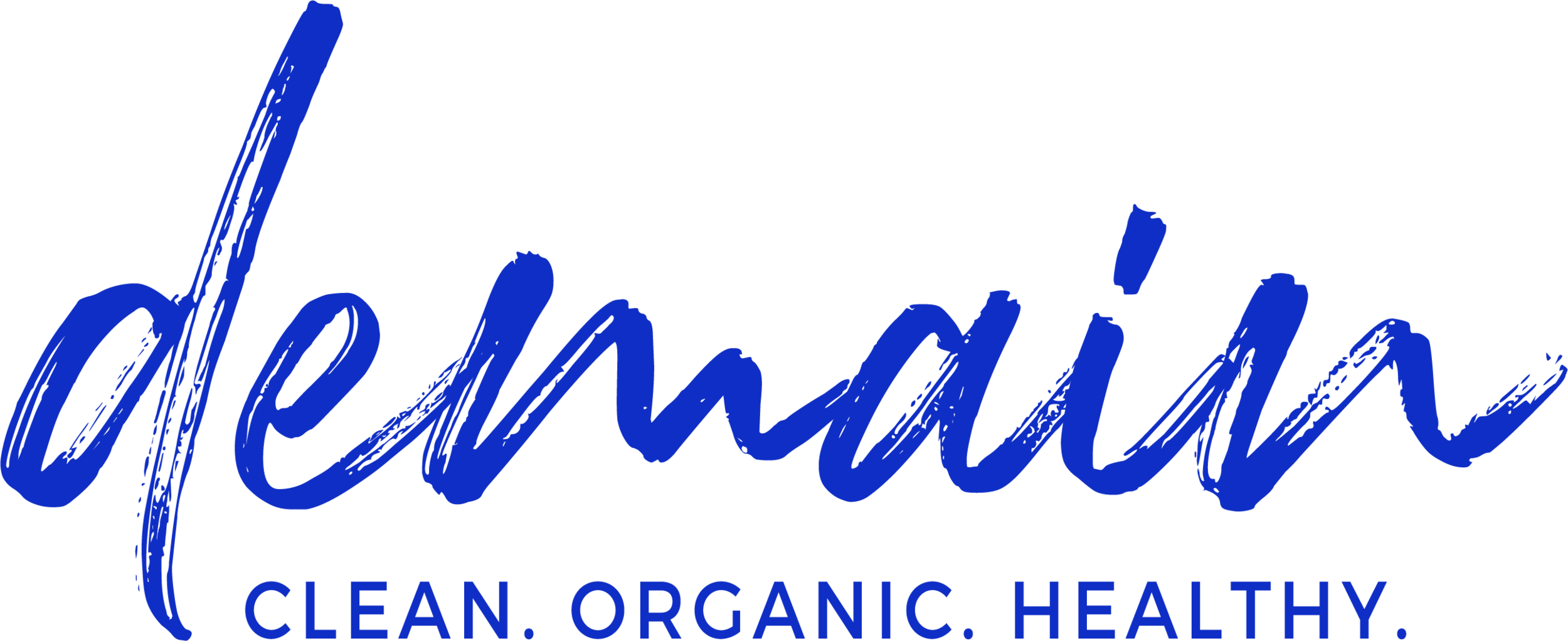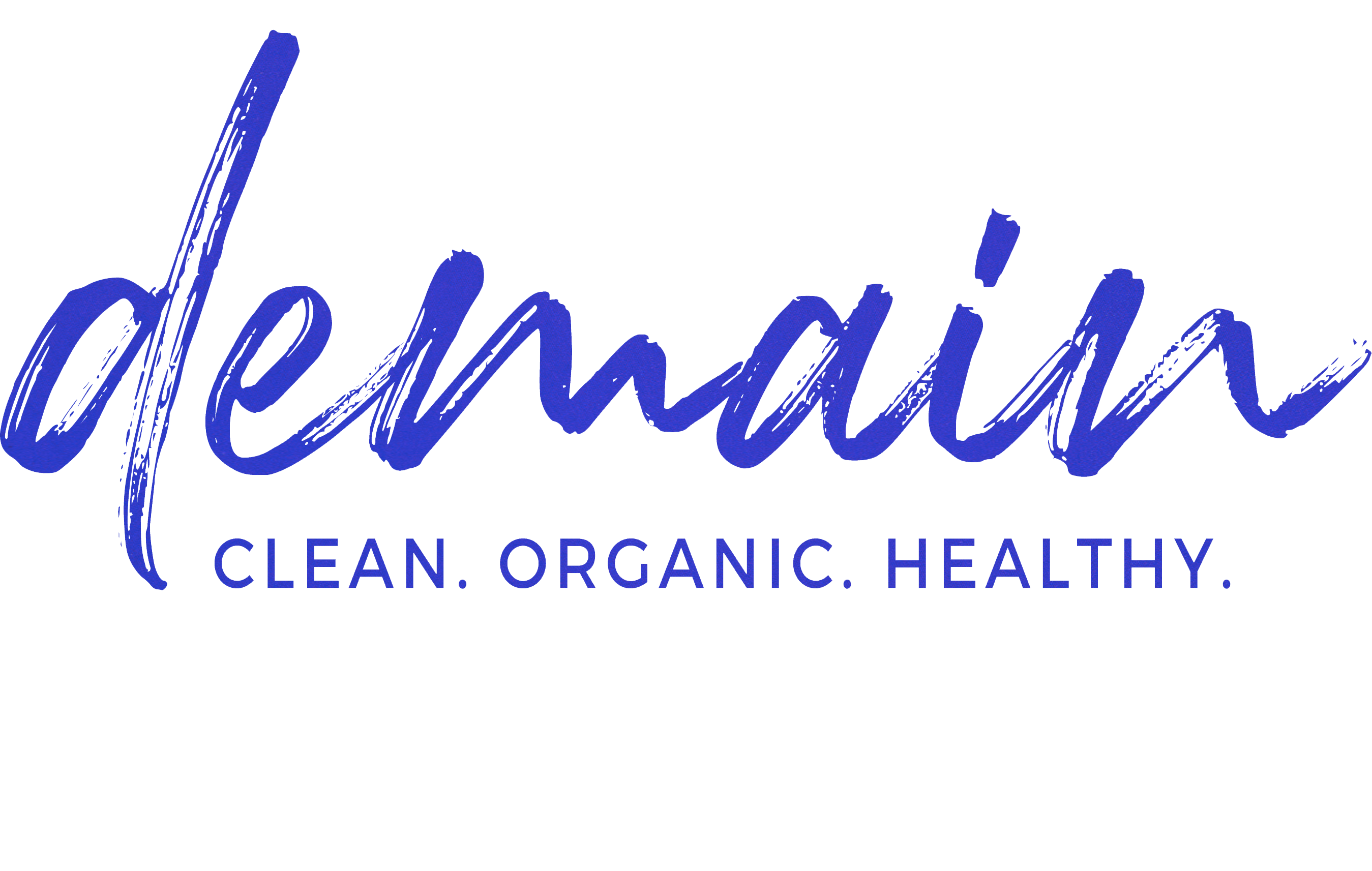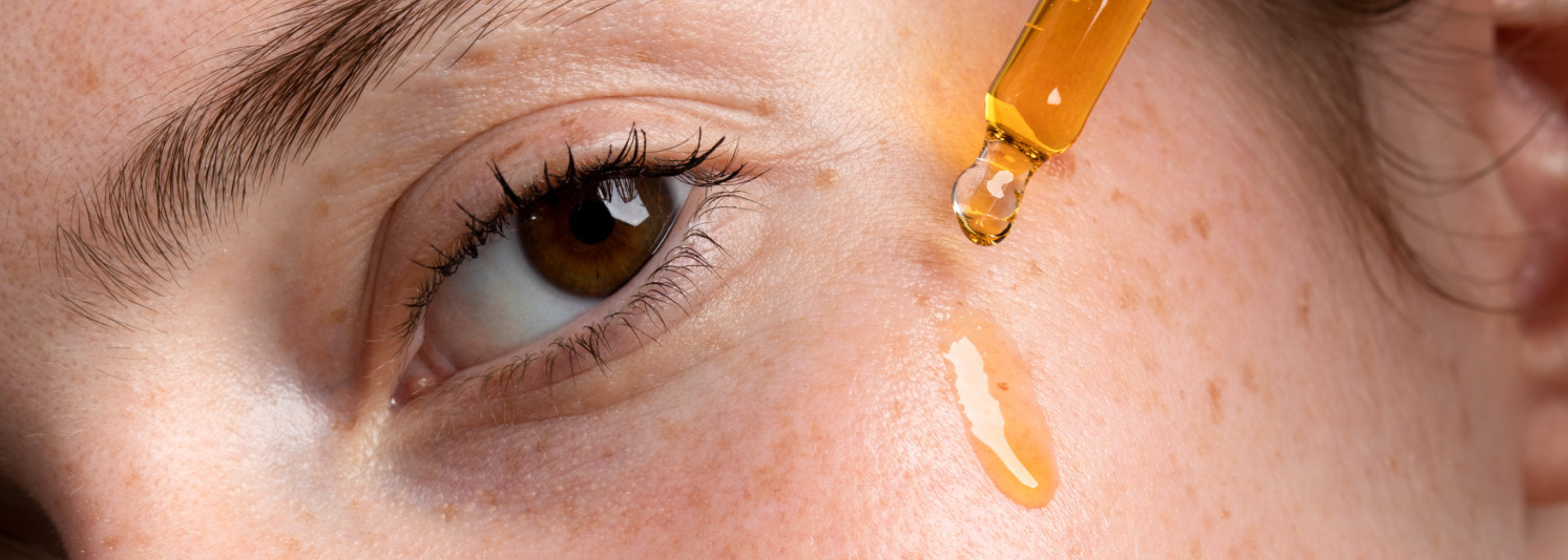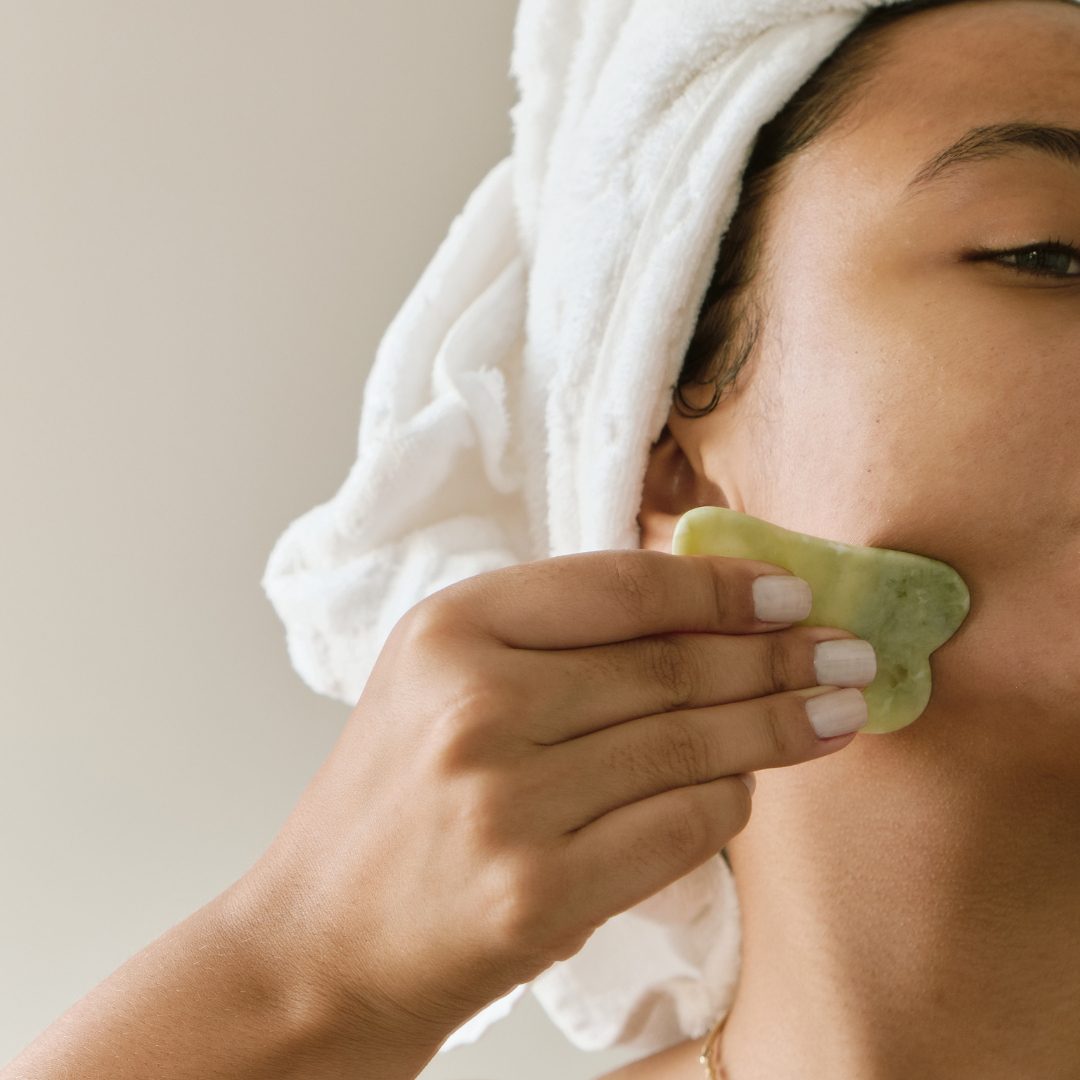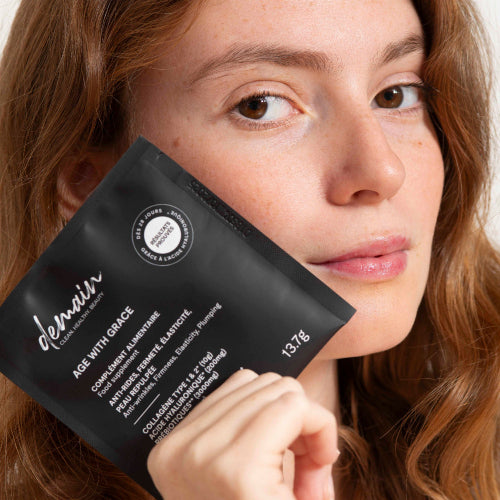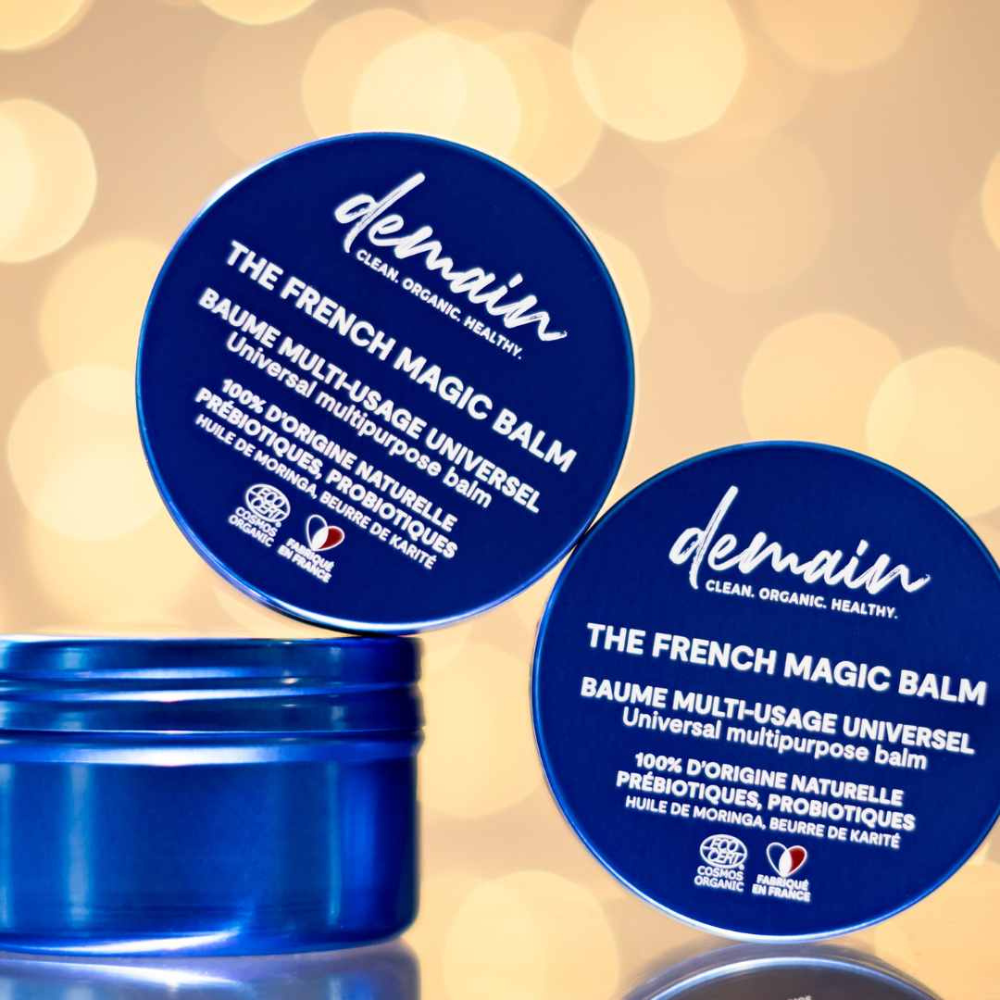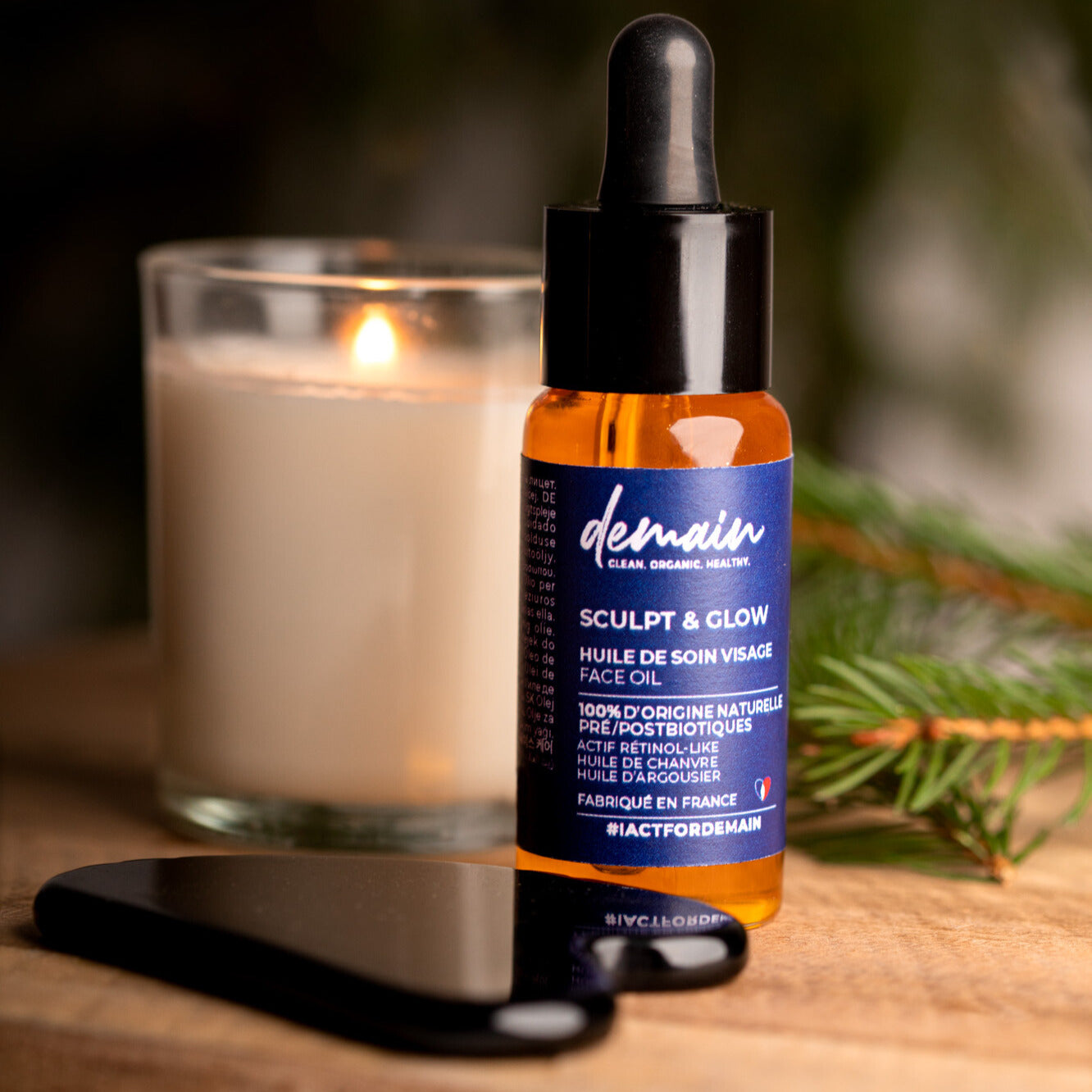Long recognized as an alternative anti-aging beauty treatment, facial yoga is a technique that tones, stimulates, and sculpts facial muscles. Facial yoga also effectively combats wrinkles, expression lines, and sagging facial skin.
Goodbye Botox and facelifts of all kinds, your best ally is yourself!
In this article we will detail the benefits of facial yoga and all the secrets to performing a good massage.
A little flashback
Yoga is originally a Hindu discipline that aims to unite the body and mind. 5,000 years old, the discipline has spread widely in the West over the centuries, both as a sport and a spiritual practice.

The health benefits of practicing yoga are proven. Through a set of postures and breathing exercises, yoga combines physical and mental activity.
Its practice will allow you to relax and strengthen your muscles in depth, but also to regulate the flow of energy within the body and relieve anxiety.
Today, there are different types of yoga. The so-called "classical" postures are still relevant, but the way they are performed has evolved considerably.
The postures and breathing exercises can be more or less energetic and target specific parts of the body (face, stomach) and organism (cardiovascular, digestive and nervous systems).
Zoom in on... Face yoga
Face yoga is a practice that exploded during the first lockdown. During this time, dozens of tutorial videos were published every day to introduce this new massage technique.
Because we had more time for ourselves and not much else to do, many Internet users were seduced by this practice and today, face yoga has more and more followers.
Facial yoga is a powerful practice for combating signs of aging such as wrinkles and sagging skin, complementing the application of cosmetic treatments. Regular practice helps loosen expression muscles, resculpt facial features, and help skin maintain its tone.
It is also very effective in reducing expression lines, sagging eyelids, dark circles, and restoring radiance to the skin. It provides deep relaxation to the muscles of the face and neck, as well as the head.
Finally, the various exercises performed during a facial self-massage help to stimulate lymphatic nodules and cell renewal and effectively combat sagging skin.

Face Yoga: How to do it correctly?
Facial yoga is simple to perform. No equipment required! You can do your massage anywhere, and just a few minutes a day is all it takes.
It is very important to nourish your skin well before a facial yoga practice. You can use your usual facial cream or oil.
At Demain®, we recommend applying the Sculpt & Glow Facial Treatment Oil to clean, dry skin.

In terms of equipment, your fingers are perfectly adequate. They can be used to perform almost any technique, including acupressure.
You can, however, complete your toolbox with Gua Sha and/or semi-precious stone rollers to vary the sensations.
Some rules and precautions to take?
Although the results of facial yoga are visible quite quickly, there are a few rules to follow:
- Regularity: repeat the exercises every day for 5 to 10 minutes.
- Gentleness: no sudden movements!
- Breathing: As in classical yoga, breathing is at the center of the practice.
Although they offer deep relaxation of the face and head, some facial yoga exercises have contraindications:
1. Don't tense an unwanted area while practicing a facial yoga exercise: you risk creating wrinkles you didn't have before! It's best to practice your exercises the first time in front of your yoga teacher, who will correct you if necessary.
2. Be especially vigilant if you suffer from bruxism (involuntary teeth grinding), a cervical hernia or any other pain in the neck and head.
3. Focus on your breathing. Make gentle, slow movements. If you feel the slightest pain, stop the exercise and focus on another part of your face. If in doubt, consult a doctor before starting a session. The goal is to relax you, not to trigger new pain!
4. Avoid practicing facial yoga if you have had cosmetic surgery within the last 15 days (Botox or hyaluronic acid injections). And avoid practicing it if you have had thread lifts inserted.

What are the different practices of facial yoga?
- Acupressure
Acupressure is excellent for toning facial muscles, decongesting swollen areas, stimulating hydration, revitalizing the skin's radiance, deepening relaxation and smoothing features while subtly working on the emotions that cause expression lines.
The movements should be slow and timed to your breathing. Inhale deeply, and as you exhale, press the acupressure points that meet your goals.
To identify them, see (further) the paragraph “ HOW TO LEARN FACIAL YOGA TECHNIQUES ”.
- Lymphatic drainage
Lymphatic drainage helps eliminate excess toxins and waste from the face. These excesses manifest as swelling in the lower eyelids (the famous bags under the eyes) or the lower face. They can also cause inflammation, redness, or irritation.
Regular lymphatic drainage will help eliminate these ailments while restoring radiant skin. Caution: Since the lymphatic system is located on the skin's surface, use light, gentle, and slow movements.
- Other common techniques
1. Smoothing and stretching: The primary cause of wrinkles is muscle (over)contraction related to our expressions. To reduce these expression lines, wrinkle smoothing and stretching techniques work wonders!
2. Wrinkle removal:
To smooth out a wrinkle, erase it! To do this, use your index finger to make an "erasing" movement across the wrinkle in the opposite direction to the wrinkle.
3. Facial gymnastics:
With age, the production of hyaluronic acid and collagen slows drastically. The skin regenerates more slowly, wrinkles, and gradually loses its density and firmness. Furthermore, the oval of the face becomes blurred due to gravity. Muscle toning exercises are therefore highly recommended to slow down and counteract the signs of aging.
How to learn face yoga techniques?
As mentioned above, practicing facial yoga requires taking numerous precautions beforehand and throughout the session. Furthermore, we all have unique faces and expressions. Expression lines and correction needs therefore differ from one person to another.
For these reasons, we recommend starting your practice with one or more individual facial yoga classes. These classes will allow you and your practitioner to identify the areas to work on, the exercises to focus on, and the areas of concern to monitor. They can be taken in person or remotely.
You can book your session with many practitioners in your area or on our website with Sandra Gasmi, founder of Demain®, certified in facial yoga by Sylvie Lefranc.
Once you are accustomed to this practice and to the specific characteristics of your face, you can continue your training by taking group facial yoga classes and/or drawing inspiration from the many tutorials you can find on the internet.
